Released last week, the American Futbol documentary centers on a group of friends’ four-month journey through Latin America during the 2014 World Cup. Showcasing the region’s raw passion and emotion surrounding the sport, the four American filmmakers behind the documentary hope to spread it to their home country, where soccer is still experiencing growing pains.
The 2014 World Cup in Brazil was a cultural whirlwind unlike any other. While every World Cup is remarkably special, the 2014 games’ location brought a unique flair that only South America could produce. Looking to capture and experience that feeling for themselves, four American filmmakers — Petar Madjarac, Sam Mathius, Austin Ahlborg, and Peter Karl — traveled throughout the region in the summer of 2014. The result? American Futbol, a documentary that immerses viewers into the vibrant football culture of Latin America.
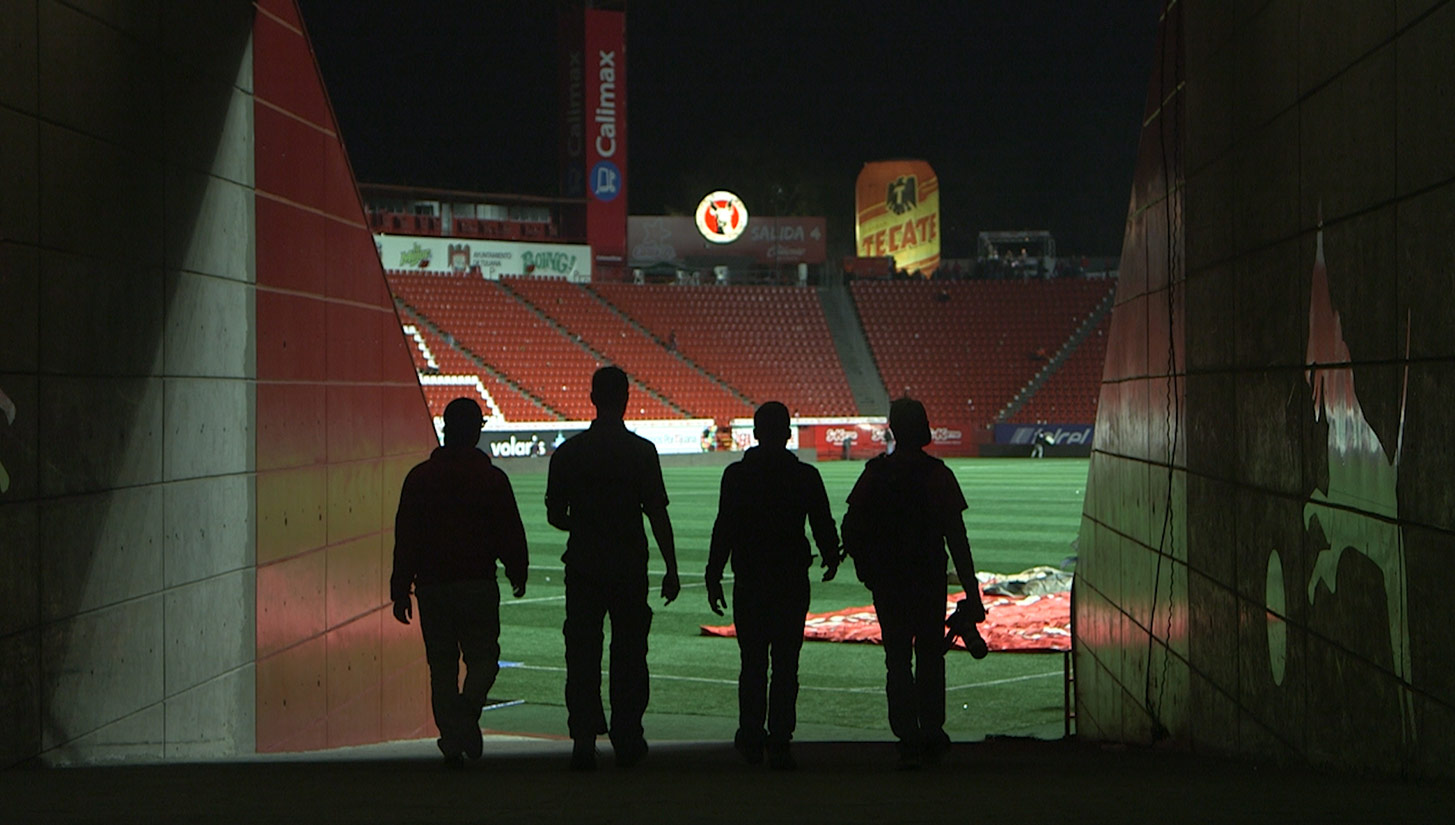
The foursome met while studying at Emerson College, where they were united by their mutual love of the beautiful game. While Karl, the film’s co-director and writer, was a late bloomer in terms of his soccer fandom, his friends introduced him to the game the proper way — watching Liverpool matches at bars.
As the film was released last week via streaming and on demand platforms as well as DVD, we were able to sit down and speak with co-directors Karl and Madjarac, discussing their experience in Central and South America, the status of soccer in the United States, and what they want viewers to take away from their film.
Urban Pitch: Before we talk about your experience in Latin America, let’s establish a reference point so that folks can understand how similar or different the football culture is there. So how would you describe today’s American “footballing” culture?
Peter Karl: I’ve been working in soccer for the last six years with MLS, Copa90, and now on my own, so I’ve been at the heart of it, and I like to describe it like this — American soccer culture is in the late stages of puberty. We’re very impressionable.
That’s what compelled us to go do this, to provide as much understanding and awareness of the origins of soccer culture in Latin America, so that this can be a part of our education as we develop as a soccer culture.
One of the best parts about it is that it’s something that we import. If you look at the DNA of soccer culture in our country, such a big percentage of those people are Latino, so we need to embrace that and have it be central to what we do. We’re a melting pot and we should be, but this portion of the melting pot gets crowded out by the glitz and glam of the European game.
The documentary takes place in the lead up to the first World Cup in South America since 1978. Could you feel a sense of heightened buzz and energy, or is the football culture so strong that there already exists an ultimate passion around the sport?
Petar Madjarac: A little bit of both. We went to an America de Cali match in Colombia and there were 30,000 people singing, chanting — and it was a second division match! But at the same time, it didn’t feel like we went to Brazil. We went to Brazil during the Worlld Cup. The whole world was there, so naturally the energy was at a new level. It doesn’t ebb and flow like it might in the U.S., but it definitely can ramp up for the World Cup.
Karl: I remember when we were in Uruguay, weeks before the World Cup kicked off, and people were randomly walking around dressed as ghosts to represent the Ghost of the Maracana, Uruguay’s famous World Cup final victory over Brazil in Rio in the 1950s. So that’s the level they were on. Everybody should attend a World Cup in their life.
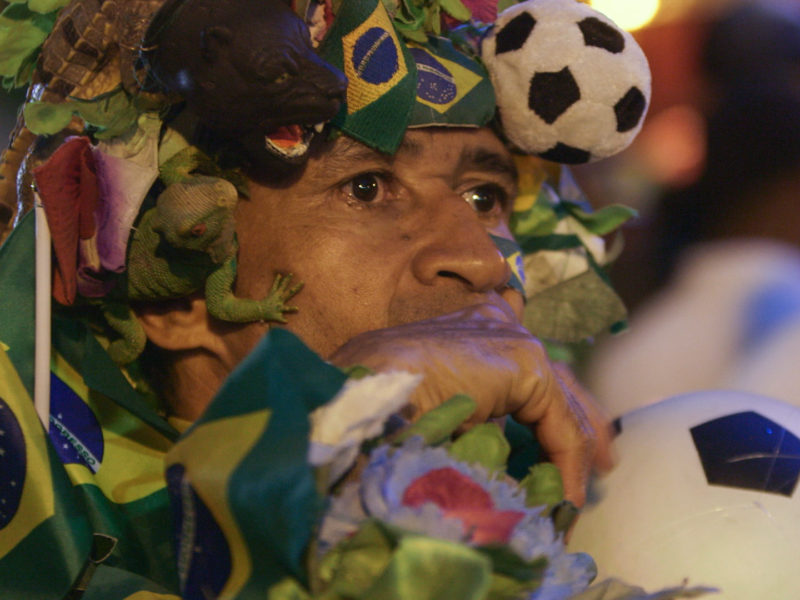
The documentary talks about using football as a language. How much did you have to rely on the game to communicate? Do any of you speak Spanish or Portuguese?
Madjarac: Nobody spoke Portuguese, so the game was definitely central to our communication in Brazil. During a World Cup, everyday people are playing soccer on the beach. I remember starting games when the tide was out using coconuts as goals with a German, an Argentinian, a Brazilian, and nobody knew how to communicate except for the universal “Pass!” and “Shoot!”
Karl: The year before the trip, I lived in Bogota for a year. The mission was to learn Spanish, and I think I learned enough to get by. However, there were moments when the game was our only means of communication. In Bogota, actually, we played with a team of blind footballers. Sam and I were wearing blindfolds and basically had to communicate using very few words and the sound of the ball. We failed terribly, but it was the game that allowed us to get on the court with them and hear their story.
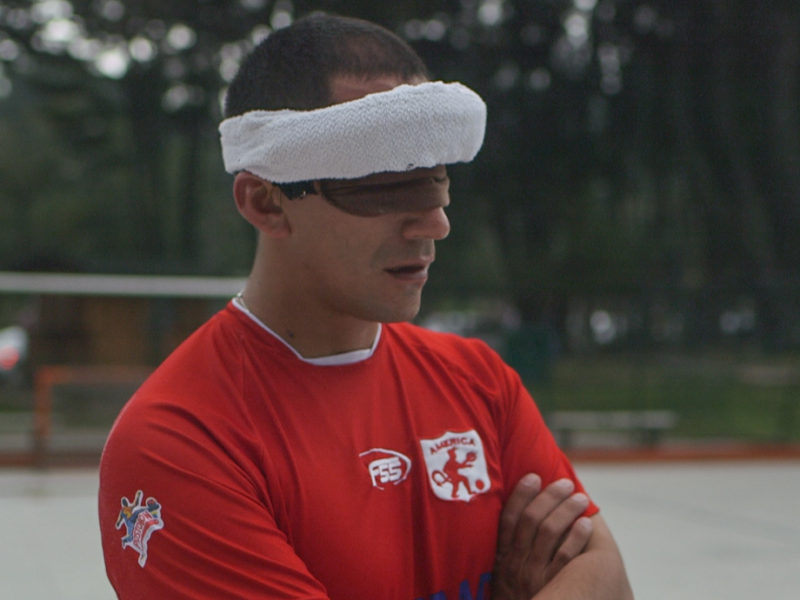
How much of your voyage did you research and plan, and how much of it was spontaneous?
Karl: To tell a good story with a documentary, you have to have a plan. But you have to be open to what you happen upon. We knew what we wanted to talk about in Costa Rica, for example. But the blind soccer story found us, we were just in Bogota looking around and that ended up being one of the most impactful stories of the whole voyage. It’s important to leave yourself open to the experience.
Madjarac: Yeah, it’s definitely important to leave yourself open to the experience. When we went to see América de Cali, we didn’t have tickets and ended up getting stuck right into the middle of all of the craziness. You can’t plan those moments.
I have to ask about the semifinal match between Germany and Brazil. Where were you for that? Was it the low point of the journey, or did it speak to the passion for football in a way that other moments couldn’t?
Karl: We were at a very colorful block party in a neighborhood in Rio called Alzirao.
Madjaric: When Pete says “block party,” there were like 10,000 people and you had to get passes to get in.
Karl: We had watched a game there earlier in the tournament and it was a huge party — everyone dancing, lighting flares, samba dancers on stage. So we had to go back. It was a night game, it was drizzling a little bit, and we just watched as this disaster unraveled before us. There was raw emotion all around us. That was one of the moments where we realized that, yeah, that World Cup happened four-and-a-half years ago, but World Cups are forever. Recounting that moment from a ground level, from people’s reactions showed how special that World Cup was.
Madjarac: The funny thing about it was, the country was so devastated, but Argentina being in the final was almost worse. Ironically the Flamengo jerseys from that year were just like the Germany jerseys that they wore for the final, so everyone was wearing them and urging the Germans on. That was a good show of rivalry, proof that nothing unites like a common enemy.
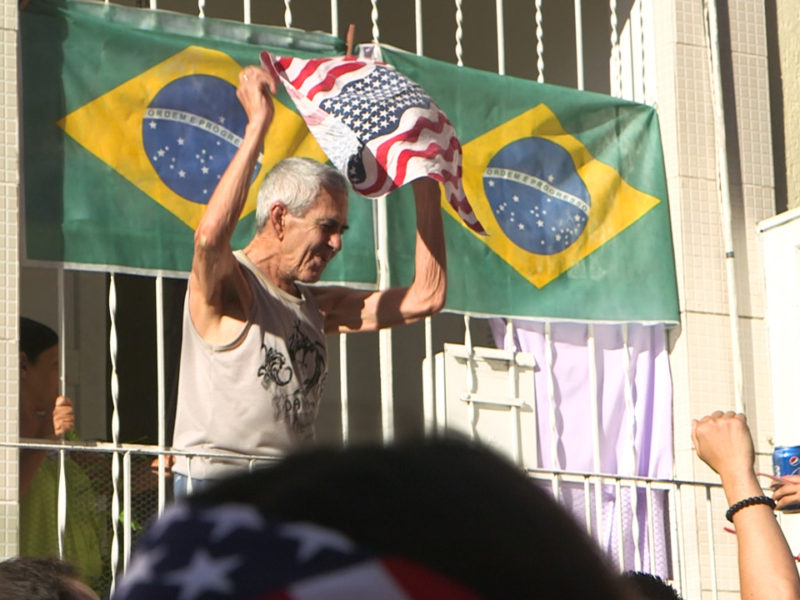
What do you want people to take away from watching the documentary?
Madjarac: There’s a lot of layers to it, but for me the biggest thing I want people to take away is that Latin American soccer culture is worth knowing, that we’ll become stronger by knowing more about our neighbors because they represent so much of our own culture. Tijuana’s club motto is, “Club without borders,” but we don’t show that kind of love in return. Soccer is beautiful, and Latin America is beautiful and different and knowing about that culture and understanding it will not only make us better at the sport but also a more inclusive and better society overall.
Karl: We want you to be able to go to watch El Clasico at a bar, see an Ecuador jersey, and realize that you’ve seen that before and that you can use it to strike up a conversation. Inclusivity starts by beginning a conversation, turning that into empathy, which leads to being open to and embracing more cultures. Even more so now than when we were filming, the conversation about immigration and borders is more toxic than it’s ever been. We went out with limited Spanish and a love for football and came back with something to share with people that they can connect with — and that can hopefully help them connect.
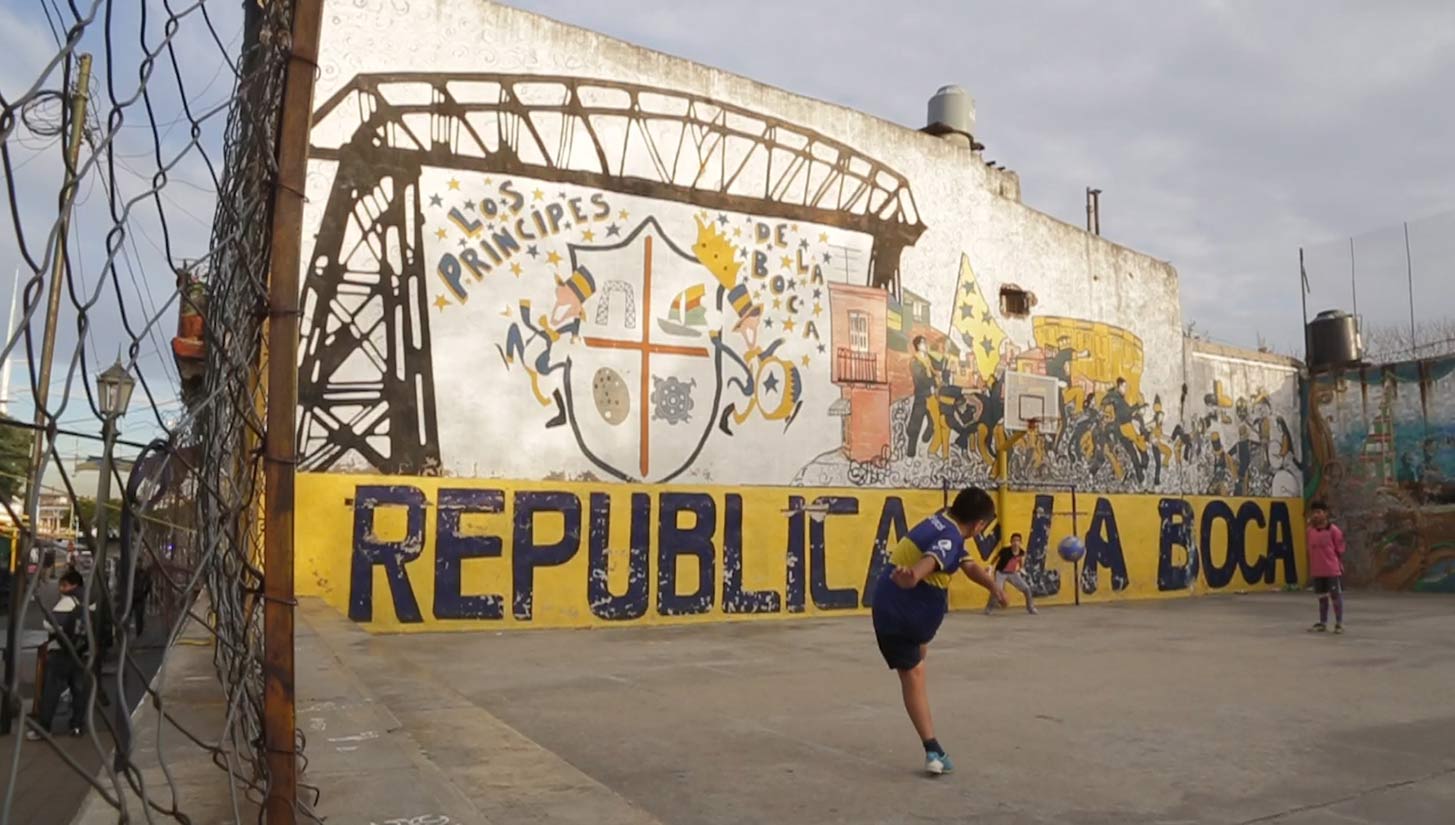
Can North America learn to love football in the same way?
Karl: I don’t think it will be the same way, I think it will be our own way. And we hope that it continues to include a Latin flare. You see that it a lot of places already — LAFC, Orlando FC — in supporter groups around the country, and hopefully there’ll be a blend of it all. Some things we could do better to accelerate the embrace the Latino side of American culture are:
No. 1: I love CONCACAF, but a tournament that brings the larger continent together is only going to help put our players on the field more frequently with those countries in meaningful games.
No. 2: Lower the barrier to entry for low-income players. The 8-year-old kid that sees Christian Pulisic play against Messi, who happens to be half-Argentinian and half-American — we need him to dream of playing for the U.S. But we aren’t hearing about how U.S. Soccer is providing access to players of different backgrounds. Once we put actual resources in solving that issue is when we’ll see more players of Latin descent joining our ranks. We can’t have more kids like Johnathan Gonzalez and Efraìn Alvarez deciding to play elsewhere.
Madjarac: It’ll definitely be our own way, and I think we should be proud of what we have. We have the best setup of time zones for all the leagues, you can stream pretty much everything, and MLS has a great culture of its own. A lot of people asked us that question, and my answer has always been that we haven’t had time yet.
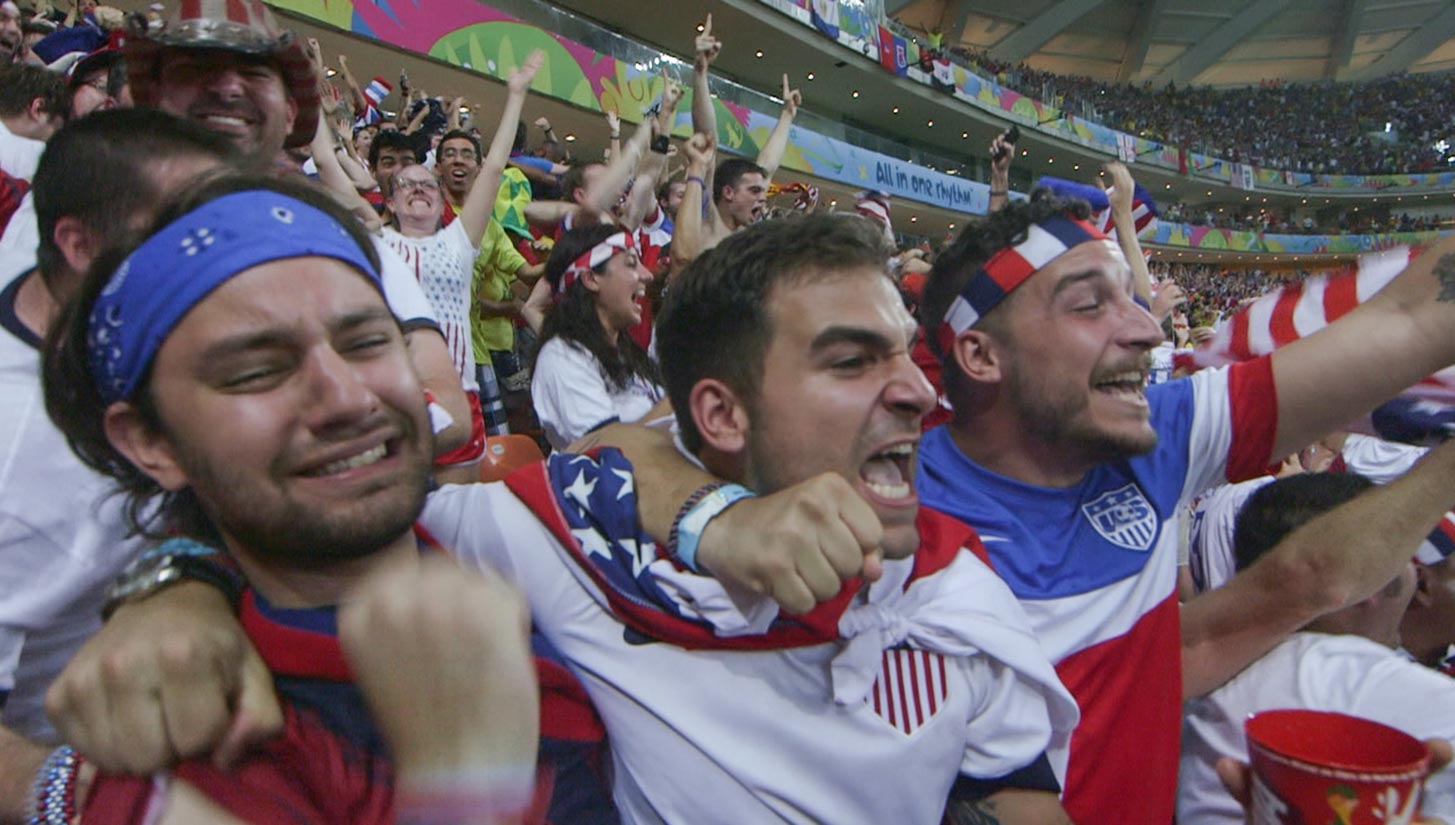
Is 2026 our chance to fall in love, to see what life could be?
Karl: I don’t believe in this myth that doing well in the World Cup will validate soccer culture and change everything. We were in the quarterfinals in 2002, and maybe that wasn’t the right time, but it didn’t move the meter. American sports fans are fickle. Even if we win the World Cup, we might not like it the next year. I can say this — soccer is cool now. Soccer jerseys are cool now. I picked up my brother from his bar mitzvah in a suburb of St. Louis and I saw one football jersey and 12 soccer jerseys.
Madjarac: Instagram didn’t even exist seven years ago. So we don’t know where we’ll be in seven years and what the world will be like. But I’d certainly hope that with these stadiums we’re building and a domestic league that’s beginning to sign these big stars, that by that point American soccer will have become a destination for players from Latin and South America. In that way, our chance to host it will be a celebration of how we’ve been able to elevate soccer on the entire American continent. And those countries are going to come and feel at home. And the European countries will realize what they are missing.
Quotes edited for clarity and brevity.
You can buy and stream American Futbol now via Amazon, iTunes, Google Play, and various other sources.







